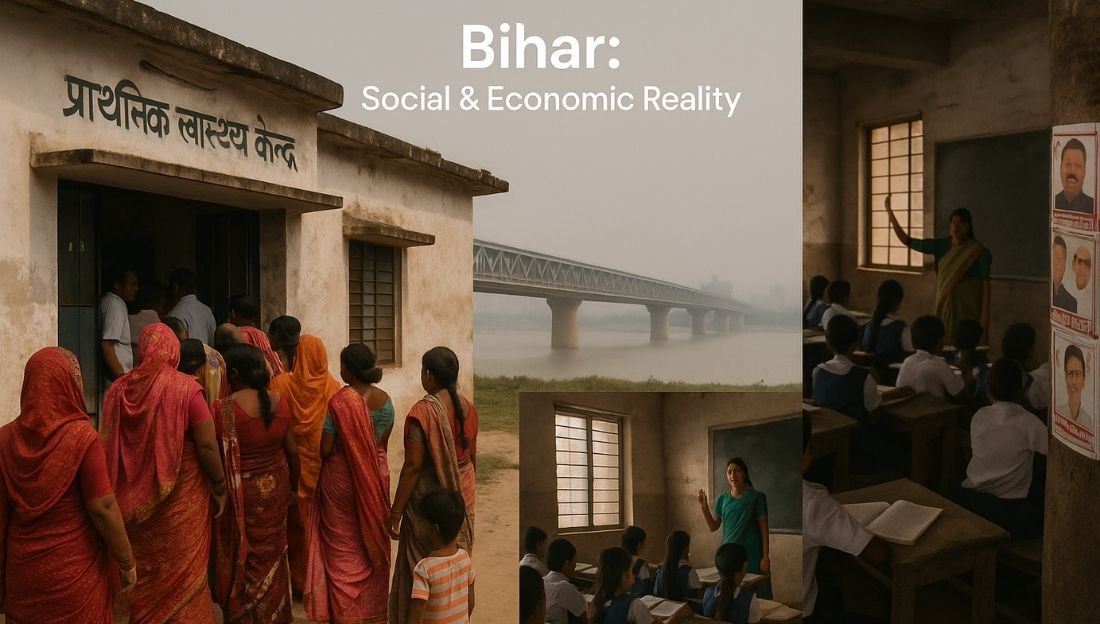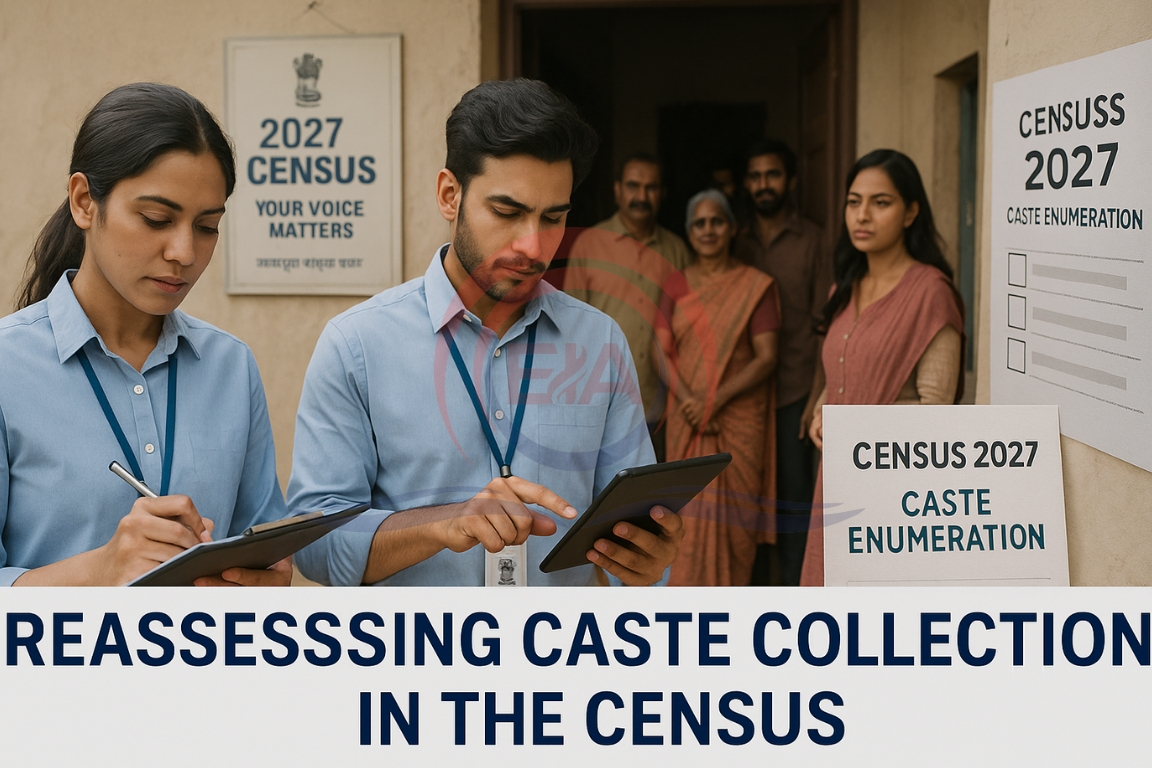The story of Velpur Mandal in Telangana is being celebrated as a rare and successful example of eliminating child labour through community participation. It was recently highlighted on World Day Against Child Labour (June 12) for its sustainable and people-driven approach.
Child Labour – A Global and Indian Problem
- Child Labour Globally:
- Around 160 million children globally are still working instead of attending school.
- Regions like Africa, Asia, and the Pacific account for nearly 90% of child labour.
- Impact of COVID-19:
- School closures and family income losses forced many children to take up jobs.
- Many have not returned to school since.
- Situation in India:
- Census 2011 reported around 43.5 lakh child labourers aged 5–14 years.
- Common in industries like beedi-making, carpet weaving, and fireworks.
Legal and Policy Framework in India
- 1986: Child Labour (Prohibition and Regulation) Act passed.
- 1987: National Policy on Child Labour focused on phased rehabilitation.
- 2016: Amendment Act banned child labour under 14 and hazardous work for 14–18 age group.
- Right to Education Act: Free and compulsory education for 6–14 age group.
The Velpur Model: A Unique Community-Driven Change
- Location: Velpur Mandal, Nizamabad district (now in Telangana).
- Initial Situation: High number of child workers, community resistance, and misinformation.
- Launch of Campaign: Started in June 2001, focused on enrolling every child (5–15 years) in school. After 100 days, Velpur was declared child labour-free on October 2, 2001.
Key Actions Taken
- Community Mobilisation: Public meetings stressed the importance of schooling. Former employers forgave ₹35 lakh of family loans and supported children’s education.
- Government Support: Agreement signed between village heads and government under 1982 AP rules. Guaranteed infrastructure, access, and teachers.
- Social Recognition: Boards put up in villages proudly stating “No child labour in our village.” Celebrated in 2021 during Azadi ka Amrit Mahotsav.
Outcomes and Impact
- Sustained Success: Zero dropouts, 100% school retention even 20+ years later. Recognised by ILO, VVGNLI, NHRC, and even President A.P.J. Abdul Kalam.
- Training and Policy Value: The model is used in labour training programmes. Presented before Parliamentary Standing Committee in 2022.
Conclusion
Velpur’s success shows that long-term social change is possible when communities lead the movement. Empowering local participation is essential to permanently eliminate child labour.





